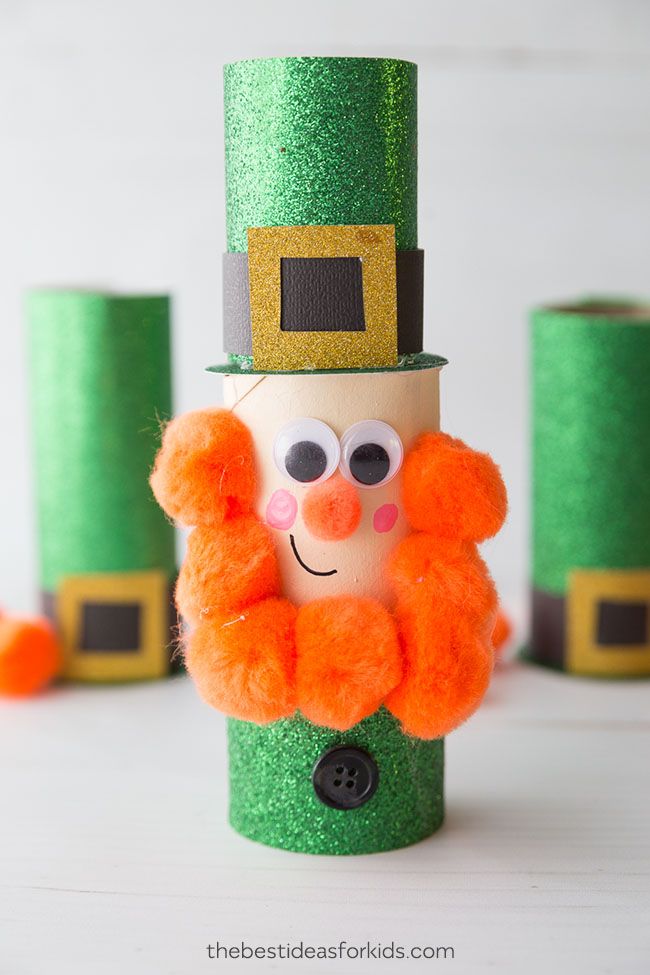
Before you start designing your crafts area, determine the purpose of the space and whether you have enough storage. Once you have established your needs, you can create work zones for each activity. You can make use of space in other rooms by setting up work zones. You should choose a large window-sill room if possible to let in lots of natural sunlight. Many crafters are forced to live in basements because they don't have natural light. You will need plenty of light to photograph your creations.
Design Ideas for a Craft Room
It is important to take into account your personality when designing a craft room. A craft room should be both practical and inviting. A keen crafter needs a space that allows them to express themselves. A professional designer can help make this happen. You can have them help you choose the right layout for your room, discuss ideas about lighting, electrical outlets and other general themes. Professional designers can help you find the perfect materials for your space.

One of the most important considerations when designing a crafts room is how much personalization you want to put into it. Many crafters enjoy listening to music or watching television. This is why you can personalize your room by using artwork that you created or repaired yourself. A runner area rug adds comfort and softness. You can combine different styles to create a unique look in a craft area that is functional.
Designing a craftroom with storage
You can combine a practical craft room with good-looking storage by installing shelves. While shelves in hexagonal shapes look great as an individual, they are even more attractive when grouped together. These shelves can also be used to create honeycomb patterns. These shelves are lightweight and easy to move. These shelves also have labels that make it easier to organize them. A crafts room is not complete without ample storage space. It is essential to plan your crafts area carefully.
If you don't have enough space, you can use a small table or improvised shelving. A table with built-in storage is an ideal choice, since it allows you to keep most of your craft materials close by. A spice rack can be added to the table to expand its storage capacity. You can create a separate craft space by using a wall in your dining or family room. Darlene uses IKEA bookcases from Billy to create a multifunctional craft room.
Organizing a craft room
Before attempting to organize your crafts room, you should make a list of the supplies that you use the most. Consider how often you use particular supplies, and then decide whether or not they should be kept in a drawer. Then, start sorting and organizing your supplies. You can use a bin system or baskets to hold similar supplies in different areas. This will allow you to keep your supplies organized and easy-accessible.

Clear work surfaces should be free from clutter. Then, it is time to create a storage system to put things away. Hanging storage containers are great for organizing craft supplies. A functional work surface is essential for every craft room. You will need ample space to work on projects and storage options such as hooks or shelves.
FAQ
What are some hobbies that seniors might enjoy?
Senior citizens need to find things they like doing. Senior citizens should keep active through participation in physical and sports activities.
They might want to join clubs where they can meet people who share similar interests. As they age, this will help them feel less alone.
Seniors must also be on the cutting edge of new trends. For example they could keep up to date with fashion, art music, literature, politics, and so forth.
What is a hobby for kids?
Any activity that kids enjoy as a hobby is something they do outside of the normal routine. Some kids like to build things, draw, paint, write, or play with toys.
Many parents worry about their children getting into trouble if they have the freedom to do what they want. But this isn't always true. Your child will not get into trouble if he or she is safe and doesn’t cause any harm to other people or themselves.
It's important for people to understand that just because they like something doesn't necessarily mean they'll choose it all the time. If they dislike writing but enjoy drawing pictures, they might opt to draw pictures.
There are many hobbies to choose from, so it's up you to find the one that interests you most.
What are educational hobbies?
A hobby that teaches you something is called an educational hobby. This could include anything from learning to play an instrument to playing sports.
The key thing is that it should be fun and enjoyable for you. You don't have to do it all the time, but if you find yourself getting bored, then you need to think about what else you could be doing instead.
These activities could end up costing you far more than what you pay for.
Statistics
- A new survey by Pew Research Center of teens ages 13 to 17 finds that 36% of girls feel tense or nervous about their day every day; 23% of boys say the same. (pewresearch.org)
- The intensity of the dialogue partners' bond at the end of the forty-five-minute vulnerability interaction was rated as closer than the closest relationship in the lives of 30 percent of similar students. (time.com)
- Much of this decline reflects the fact that teens are less likely to work today than in the past; among employed teens, the amount of time spent working is not much different now than it was around 2005. (pewresearch.org)
- I am 100% biologically a woman (discover.hubpages.com)
- In comparison, men in the “no humor” condition were refused 84.6% of the time and were only accepted 15.4% of the time. (time.com)
External Links
How To
How to begin gardening
Gardening is one the oldest forms. It requires patience, persistence, and determination. It is important to choose the right location for your garden. This could be on a large piece of land or in your backyard. Next, choose what kind of plants you would like to grow. Do you prefer flowers over vegetables? Some people enjoy growing herbs and others prefer raising livestock like rabbits. Before you decide on the type of crops you want to plant, it is important to consider the space available. If you live in a climate that experiences cold winters, then you might decide to grow fruits or berries as they do well in colder climates.
After choosing what you want to plant you need to prepare your soil. It is vital that your soil is prepared properly to determine whether or not your plants will thrive. Organic matter is essential for the health and well-being of your plants. Organic matter includes things like leaves, twigs, grass clippings, manure, and compost. After you have prepared your soil you must add nutrients. The type of plant you intend to grow will dictate the amount of nutrients you need. Online fertilizer calculators can be used to determine these values. Many fertilizers are available, so make sure you know what you are buying.
After you have prepared the soil and added nutrients, it is time to wait for your seeds germination. The process can take between 2 and 3 months depending on how hot or cold it is in your region. Once your seeds have sprouted, you need to water them regularly. Problems can arise if you water your plants too frequently or too little. Overwatering can cause problems. Overwatering can result in root rot, fungal diseases, and even death. Consider that plants generally need less water in the warmer months than they do in winter. You should also remember that some plants will need to dry out once they have been watered. For example tomatoes should be kept slightly moist and not wet. Soggy soil is not good for them. After flowers are finished, plants must go dormant. The time when plants stop producing new life and store energy for the next season is called dormancy. Dormancy is when the plant stops sending signals back to its roots for food production. Throughout this time, plants can store energy. However, the plant will die if temperatures drop below freezing or there is insufficient sunlight.
If you live in an urban environment, you may find yourself limited in the kinds of plants that you can grow. Concrete sidewalks and roads, as well as parking lots, are common in urban areas. This blocks sunlight from reaching the ground. Concrete absorbs sunlight, which prevents the soil beneath from getting enough sun exposure. Many plants can't survive in urban environments due to lack of sunlight. There are still plants that thrive in urban environments. Many trees, shrubs, and perennials can adapt to city living. Many annuals are also possible to grow indoors in containers. Container gardens allow you to bring fresh greenery into your home year-round regardless of the weather outside.
Now you're ready to plant.